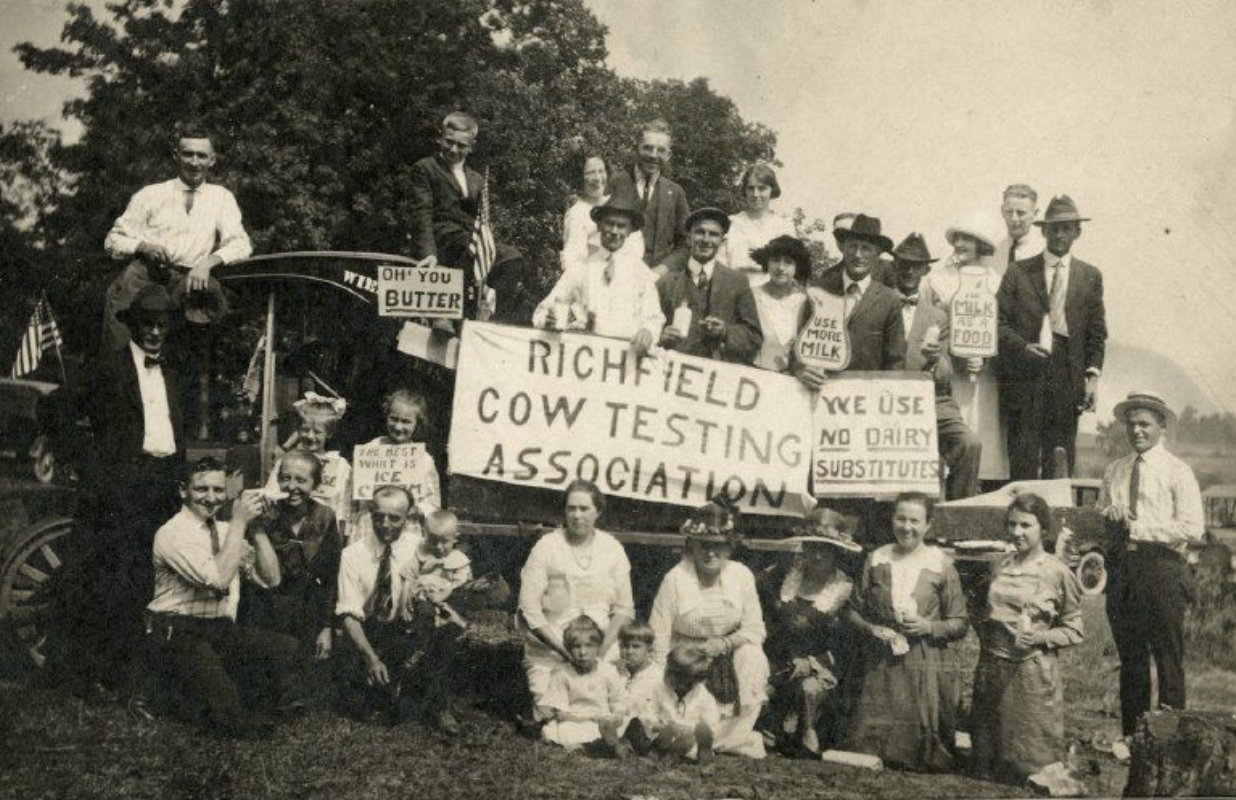In early Washington County, dairy was considered the greatest agricultural resource, and fittingly, Wisconsin was the greatest producer of dairy up until California surpassed us in quantity in 1993. Today, Wisconsin is still renowned for its dairy products, specifically… cheese!
And while you are likely familiar with the final product – cheese curds, ice cream, and butter of all varieties – how these ingenuitive processes spread throughout early Washington County (and Wisconsin, for that matter) is not often explained.
So, what was it like when dairy was so plentiful that Carl Quickert, a local writer from the early 1900s, described Washington County as our own land of milk and honey? And how prominent was Washington County in Wisconsin’s booming dairy industry?
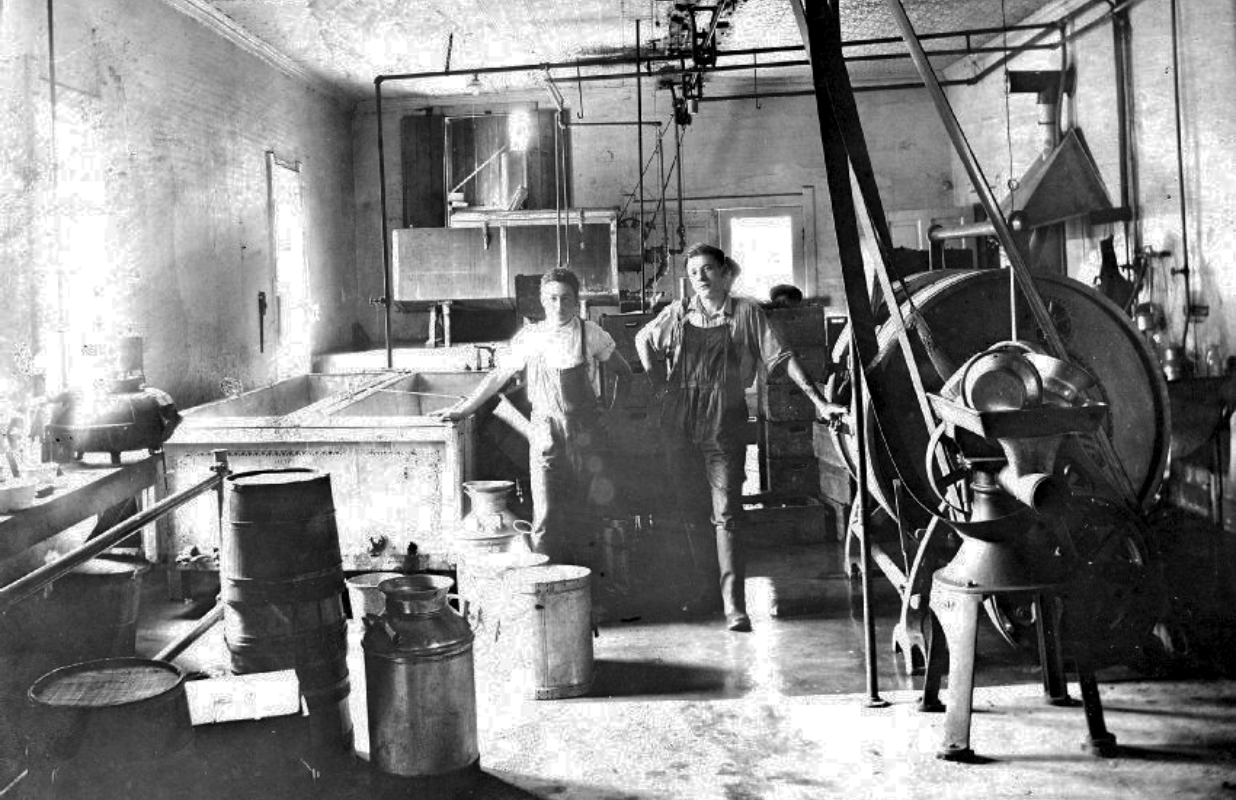
Wisconsin’s Dairy History
Did you know?… Before Wisconsin, New York claimed the title of the Dairy State. Wisconsin’s dairy history began in the 1840s and 1850s. New Yorkers made the move to Wisconsin, bringing skills in commercial dairy farming.
Dairy farming became a popular Wisconsin trade, as an alternative to risky (and often temperamental) wheat crops. You can probably guess – cheese was the most successful dairy product made in Wisconsin. The success of cheese lies in its long shelf life.
As dairying expanded, farmers recognized one essential truth: for good dairying, you need good cows. The well-bred and well-cared-for cows were undoubtedly better producers. Farmers traded cows, made breeding agreements, and boasted their best producers in contests. These cows were treated every bit as esteemed as racing horses in Kentucky.
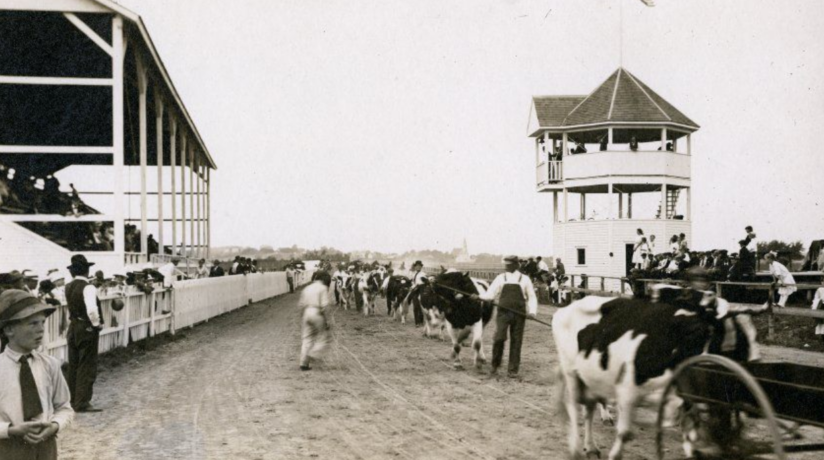
Cheese factories & creameries
As dairy farming increased – so did creameries! Wisconsin perfected its dairy processing techniques, making some of the finest, select cheeses, butter, cream, milk, ice cream, and other delicacies. In Washington County alone, there were 50 cheese factories and creameries.
For more information about old-world cheesemaking, check out the National Historic Cheesemaking Center in Monroe, Wisconsin, and their comprehensive guide to the history of cheese.
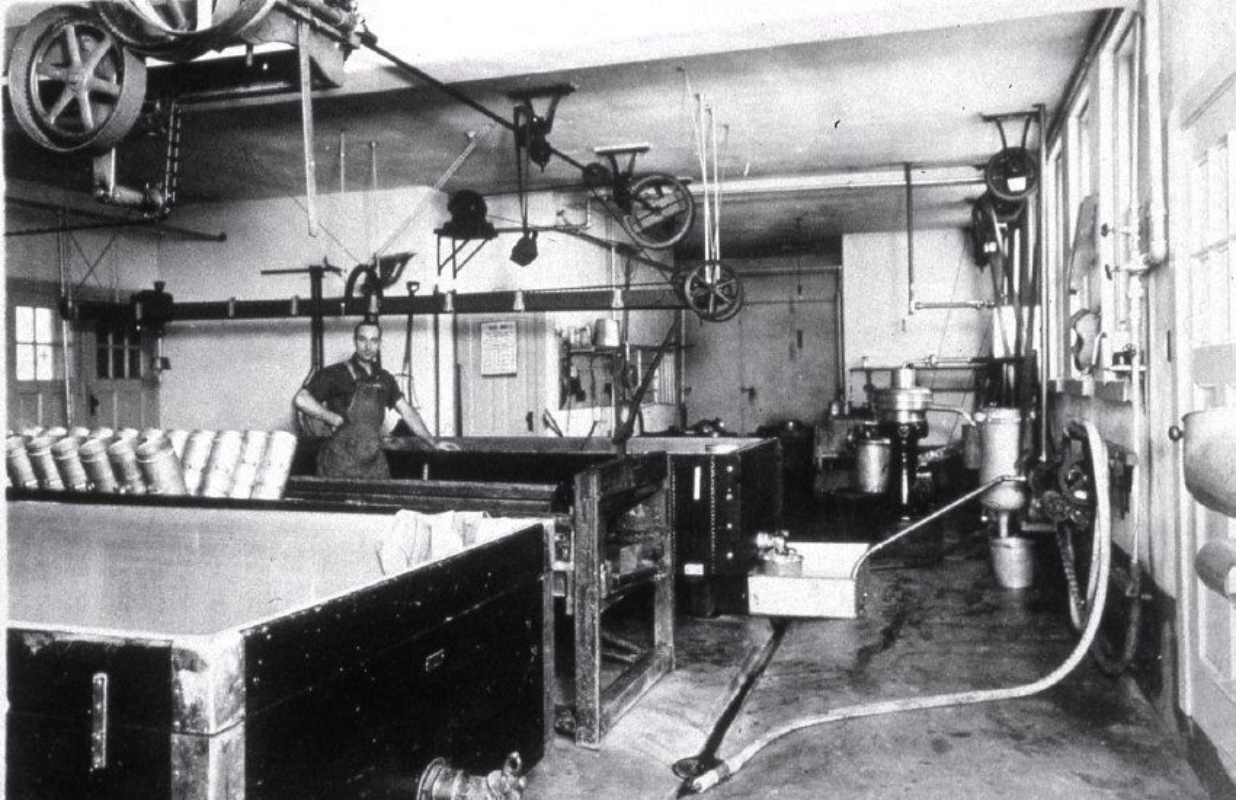
Dairy Industry Booms in Washington County
From 1900 to 1910, the number of cows in Washington County doubled. By effect, butter production increased by 70% and cheese production increased by 86%.
Wisconsin’s dairy industry was booming. Here’s something mind-blowing to picture: approximately half of the USA’s cheese factories and a sixth of the creameries were located right here, in Wisconsin.
Eureka! We struck… dairy?
The profits of Wisconsin’s dairy products exceeded several million dollars yearly compared to the silver and gold profits of California, Nevada, Alaska, and Colorado combined. Just imagine all the fortune-seeking folks moving out west to test their luck in searching for gold… They should have gone North and bought some cows!
The Wallau Dairy Company
The largest dairy company in early Wisconsin was based in West Bend. Known for its quality, efficiency, and innovative techniques, the Wallau Dairy Company is a prime example of the accomplishments and tenacity of past dairy farmers and producers.
Located in a functionally designed cement building, the Wallau Dairy Company was a prominent place of production. Through most of the first and second floors ran troughs of cream, as if the place was flowing in dairy. The cream was provided by local dairy farmers and was quite literally la créme de la créme.
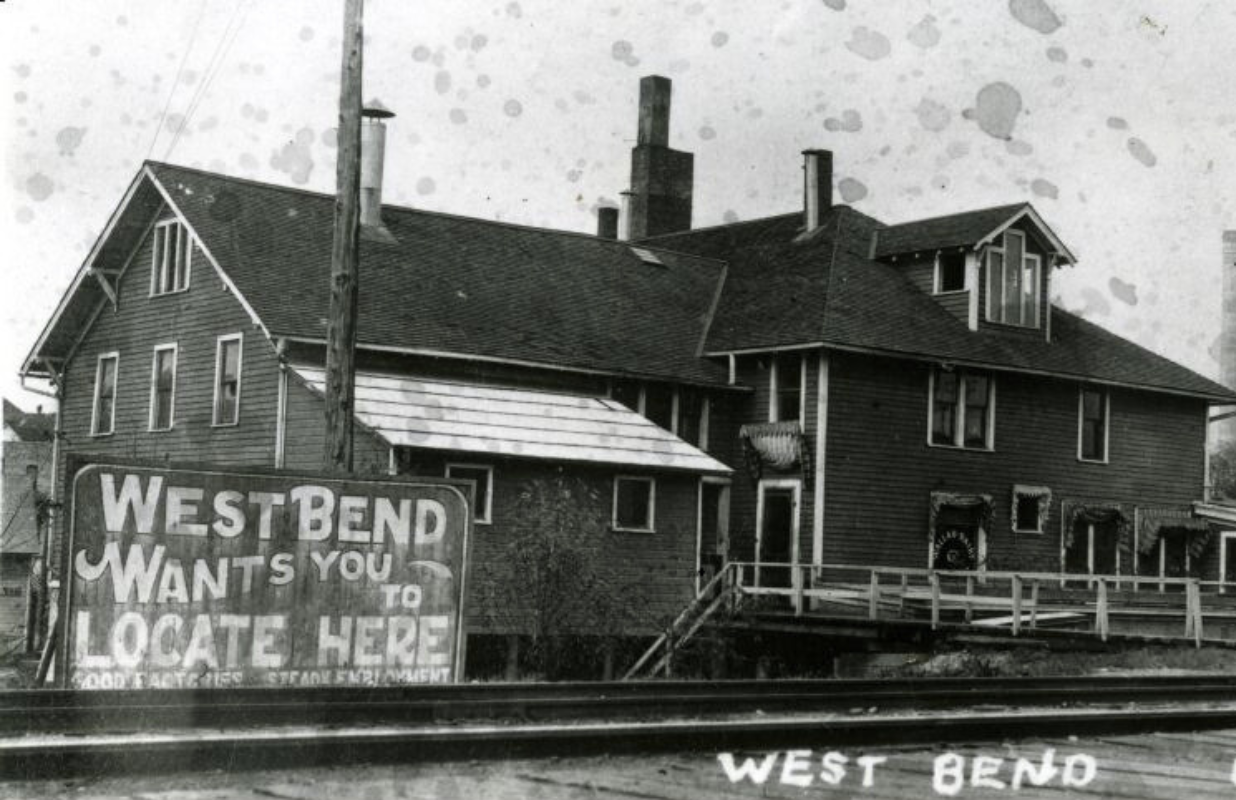
From there, the cream led into a churner cemented to the floor of the building. It could produce up to 800 pounds of fine, quality butter at a time. By the end of the day, the company would produce 1,500 to 2,000 pounds of butter.
During peak butter season, the company would easily ship out a carload of butter each week. Additionally, on the lower floors of the building, there was an ice cream freezer, where about 100 gallons are produced a day.
About Carl H. Wallau
The Wallau Creamery was founded by Carl H. Wallau. He was known to be a kindly fellow and dedicated to his work. Early on, he dreamed of owning a creamery. At the time, techniques and management of creameries were a new frontier.
The creamery expanded to also operate in Cedar Creek, Trenton, and Barton. The company produced vast quantities of cheese, ice cream, butter, and other dairy products each year. Its reputation was honorable, and the company helped initiate many of the dairy production standards and methods that we abide by today.
Dairy Industry Makes History
The Wallau Dairy Company is one example of the many creameries in Wisconsin’s dairy history. These distinctive local fixtures fluctuated with the market, paving the way for our current local dairy companies. And from the combined efforts of cow breeders, dairy farmers, entrepreneurs, dairy scientists, cheese makers, and production workers, Wisconsin earned its glorious reputation as the Dairy State.
References
Quickert, Carl. Washington County, Wisconsin: Past and Present. Madison: Wisconsin Historical Society, 2008. Previously published as Washington County, Wisconsin: Past and Present (1912).
Sisney, Jason and Garosi, Justin. “California is the Leading Farm State.” Legislative Analyst’s Office. December 4, 2014.
“The Rise of Dairy Farming; How Wisconsin became the dairy state.” Wisconsin Historical Society. Accessed September 2, 2022.
You Make Our Work Possible!
Community support allows us to continue telling Washington County’s stories. We invite you to become a member and consider making an additional gift of support. Contact us about sponsorship opportunities for local businesses as well.
